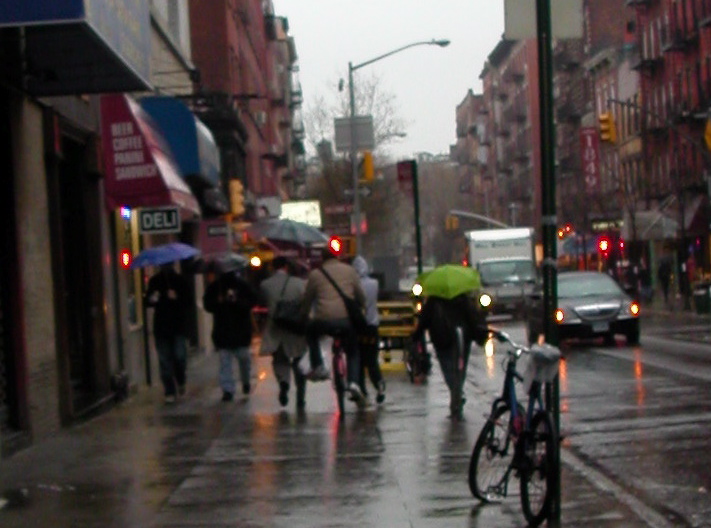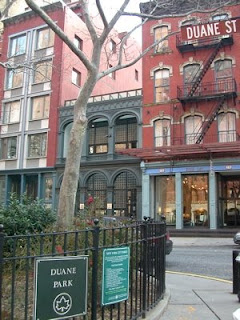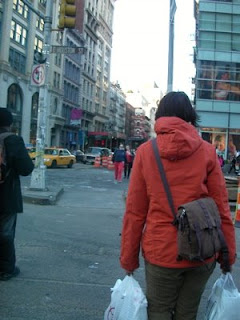Search This Blog
A strolling guide to New York City by writer and photographer Teri Tynes. Active during the years 2007-2021, Walking Off the Big Apple plans new walks away from the city in the summer of 2025.
Posts
Showing posts from March, 2008
Coming this summer 2025
A Hudson River Camino - a cultural and spirit-filled pilgrimage up river.
Orphan Film Symposium: The 1961 Folk Singer Protest in Washington Square Park, and Emile de Antonio's America
- Get link
- X
- Other Apps
Diversion: Hot Chocolate with Melting Peeps, and Easter Treats in the Big City
- Get link
- X
- Other Apps
Establishing Shots: The Tribeca Film Festival & 2008 Festival Highlights
- Get link
- X
- Other Apps
The Tribeca of Duane: Duane Street and Duane Park
- Get link
- X
- Other Apps
Tribeca Living: A Building for Chocolate and One for the Wool Trade
- Get link
- X
- Other Apps
In Search of the Lower West Side: Before Tribeca
- Get link
- X
- Other Apps
Walking Off Tribeca and Remembering Mostly Lunch
- Get link
- X
- Other Apps
Walking Off Tribeca: The Lay of the Land
- Get link
- X
- Other Apps
Walking Off Tribeca: Starting at Square One
- Get link
- X
- Other Apps
Pack Arts Journalism in the Age of Un-Art: Writing About the Whitney Biennial
- Get link
- X
- Other Apps
Earning Her Wrinkles: Rosalind Solomon at Silverstein Photography (A Review)
- Get link
- X
- Other Apps
University Place: Pedestrian, Yes, But in a Good Way (Slideshow)
- Get link
- X
- Other Apps
Letter to the Editor - Greetings from the Ormskirk Chapter
- Get link
- X
- Other Apps
Walking News: British Man Gives Up Trek to India Because He Couldn't Speak French, and Other Stories
- Get link
- X
- Other Apps
Coloring in the Lines: Color Chart at MoMA
- Get link
- X
- Other Apps
Monday Roundup: Chelsea Planning Tip, Whitney Biennial, Green Peppercorn Sauce, and Other Items
- Get link
- X
- Other Apps
We're Not All Like Dubya: A NY Map for Texas Independence Day
- Get link
- X
- Other Apps
Letter to the Editor: The Not-So-Pink Building
- Get link
- X
- Other Apps
June 11, 2025 in Beacon, NY

On a day trip from NYC

















